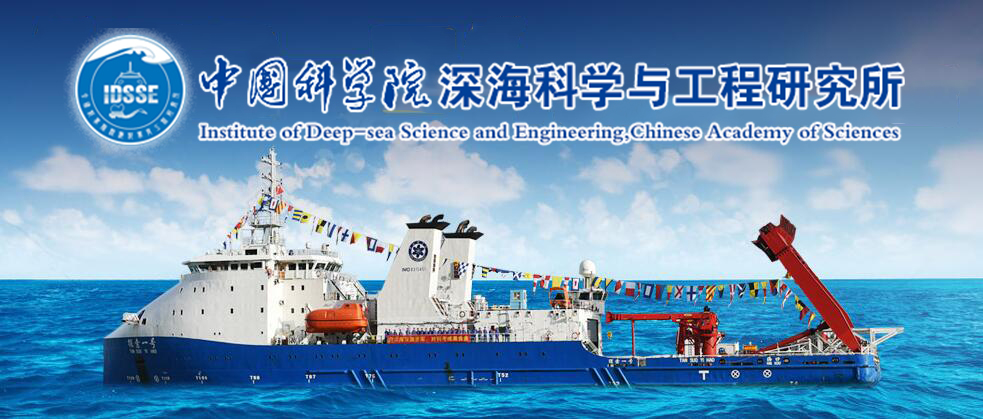
| 论文题目 | Iron oxides (oxyhydroxides) associated with biogenic iron-organic framework structures in deep-sea hydrothermal vents of the Indian Ocean |
| 论文题目(英文) | Iron oxides (oxyhydroxides) associated with biogenic iron-organic framework structures in deep-sea hydrothermal vents of the Indian Ocean |
| 作者 | Ta, Kaiwen(1,2,3);Chen, Shun(1);Du, Mengran(1);Li, Jiwei(1);Xu, Hengchao(1);Liu, Shuangquan(1);Chen, Wanli(1);Wu, Zijun(2,3);Peng, Xiaotong(1) |
| 发表年度 | 2024-04-05 |
| 卷 | 650 |
| 期 | |
| 页码 | 15 |
| 期刊名称 | CHEMICAL GEOLOGY |
| 摘要 |
The important geological, environmental, and biological information contained in Fe -oxides (oxyhydroxides) in extreme hydrothermal environments has provided unique opportunities for exploring the microbial -driven mechanism of Fe -oxide formation. However, the interactions between Fe -oxides and organic components and their association with in situ geochemical signatures in hydrothermal systems remain poorly understood. This study analyzed Fe -oxide deposits collected from the Longqi hydrothermal field in the Southwest Indian Ridge and the Edmond and Kairei hydrothermal fields in the Central Indian Ridge using the manned submersible "ShenhaiYongshi". Mineralogical and geochemical characteristics of hydrothermal iron oxide deposits indicated that microbial activity may influence trace element distribution. Analysis with laser confocal Raman spectroscopy (LR) revealed biomineralized structures with significant absorption peaks of Fe-oxyhydroxides. This was further confirmed by two typical L-shaped and Y-shaped structures directly measured using a novel scanning probe technique called infrared photo induced force microscopy (IR-PiFM). The strong peak in the range of 1500 to 1680 cm -1 corresponded to the bending vibration of Fe -O -H. X-ray photoelectron spectroscopy (XPS) showed that the oxidation state and coordination of iron strongly correspond to a biogenic origin. Fe -bearing phases in the biomineralized structures occurred mainly as FeOOH. The combined results of in situ LR, IR-PiFM, and XPS showed that organic compounds identified in mineralized structures could be polysaccharides, lipids, and proteins. The results suggested that bioorganic molecules may play a key role in the formation of Fe(III)-deposited nucleation sites, which promoted the development of biomineralized iron structures. These observations may provide new insights for understanding the biomineralization mechanism of Fe in extreme hydrothermal environments. |
| 摘要_英文 |

Copyright © 中国科学院深海科学与工程研究所 备案证号:琼ICP备13001552号-1
 琼公网安备 46020102000014号
琼公网安备 46020102000014号
地址: 三亚市鹿回头路28号 邮编:572000 网站维护:深海所办公室 邮箱:office@idsse.ac.cn